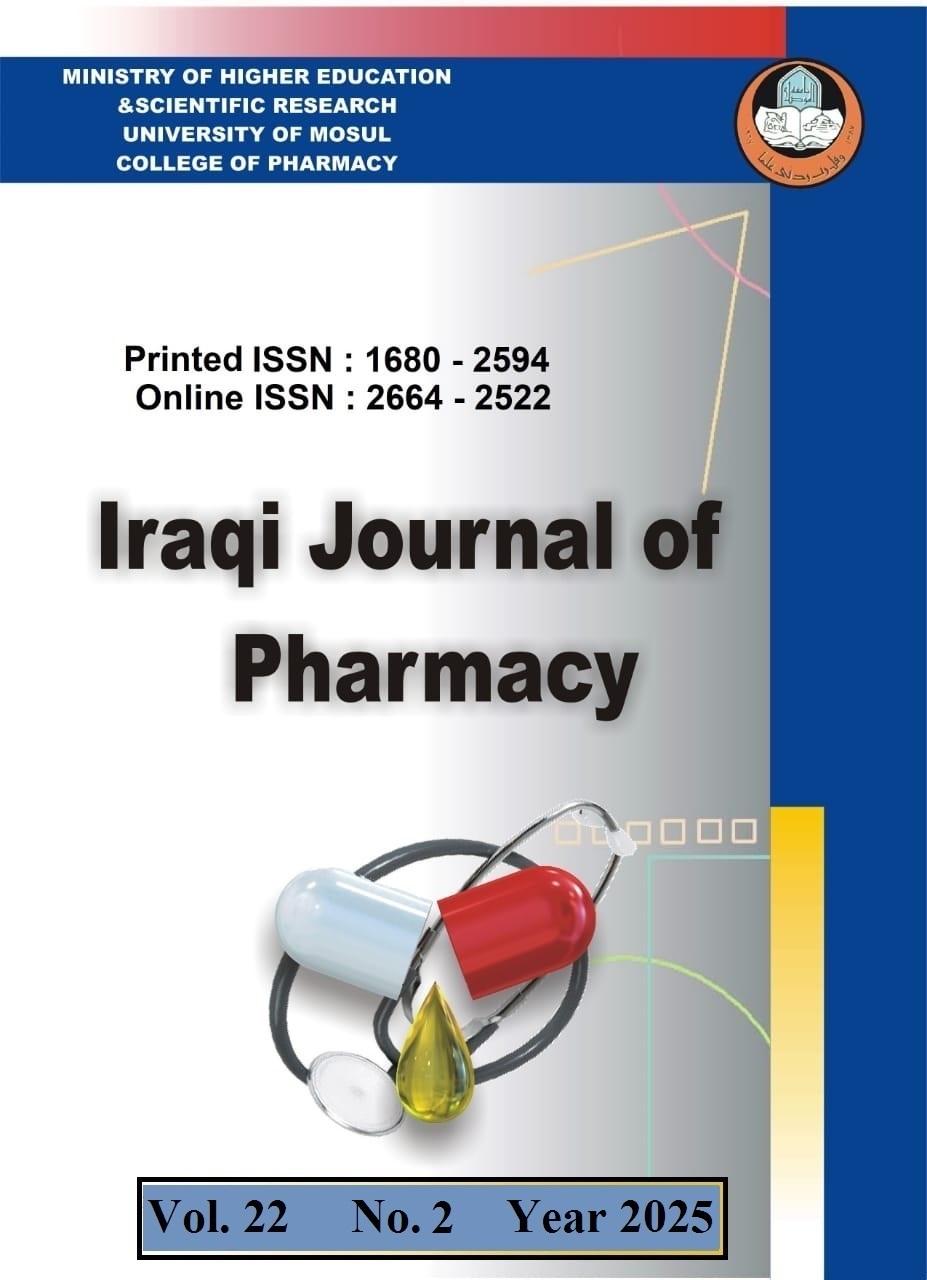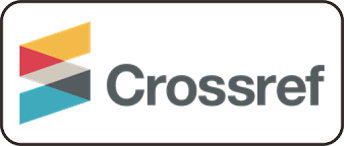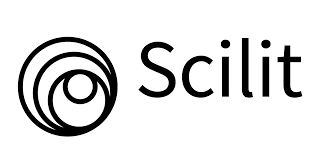The effect of antioxidant supplementation in the treatment of epilepsy
Abstract
Aim: To assess serum level of malondialdehyde (MDA) and total antioxidant status(TAS) as a representative of oxidative stress in patients with generalized epilepsy andto evaluate the therapeutic effect of the antioxidant (vitamin E and vitamin C) on thelevels of MDA,TAS and frequency of seizures attacks after two months therapy. for aperiod of two months as a supplementation therapy.Subjects and Methods: The study was conducted in Iben-seena Hospital in Mosulcity-Iraq. Fifty three patients with generalized epilepsy were included in this study(32 male and 21 female). The study included 40 apparently healthy subjects, age andsex matched as a control group. Initially from both the patients and controls, bloodsamples were taken. Another blood samples were taken from the patients 2 monthsafter vitamin E and vitamin C treatment, blood samples were analysed for serumMDA and serum TAS.Result: Serum MDA was found to be significantly higher ( P<0.001) and serum TSAwas significantly lower (P<0.001) in patients with generalized epilepsy prior vitaminE and vitamin C supplementation in comparison to controls. After vitamin E and Csupplementation there was a significant reduction (P<0.001) in the serum MDA levelswith a significant increase (P<0.001) in the serum TAS. Also we found a reduction inseizure frequency of greater than 70% after vitamin E and C supplementation.Conclusion: a significant reduction of TSA was reported in patients with epilepsy.Administration of vitamin E and C produced a significant reduction of serum MADlevels and a significant elevation of serum TAS, associated with a reduction of greaterthan 70% of seizure frequency. The study suggests the administration of vitamin Eand C as adjunct to antiepileptic drugs.








